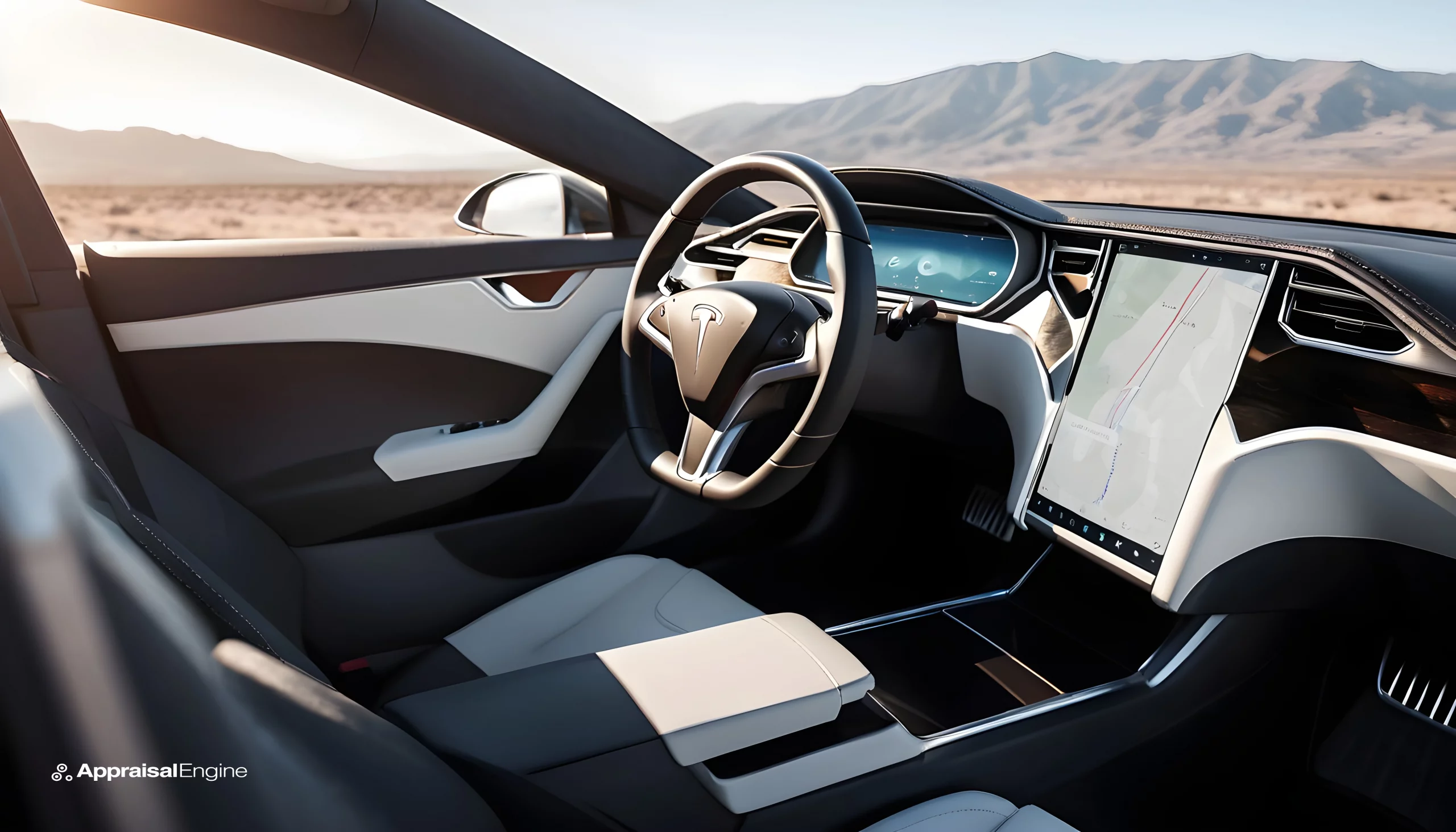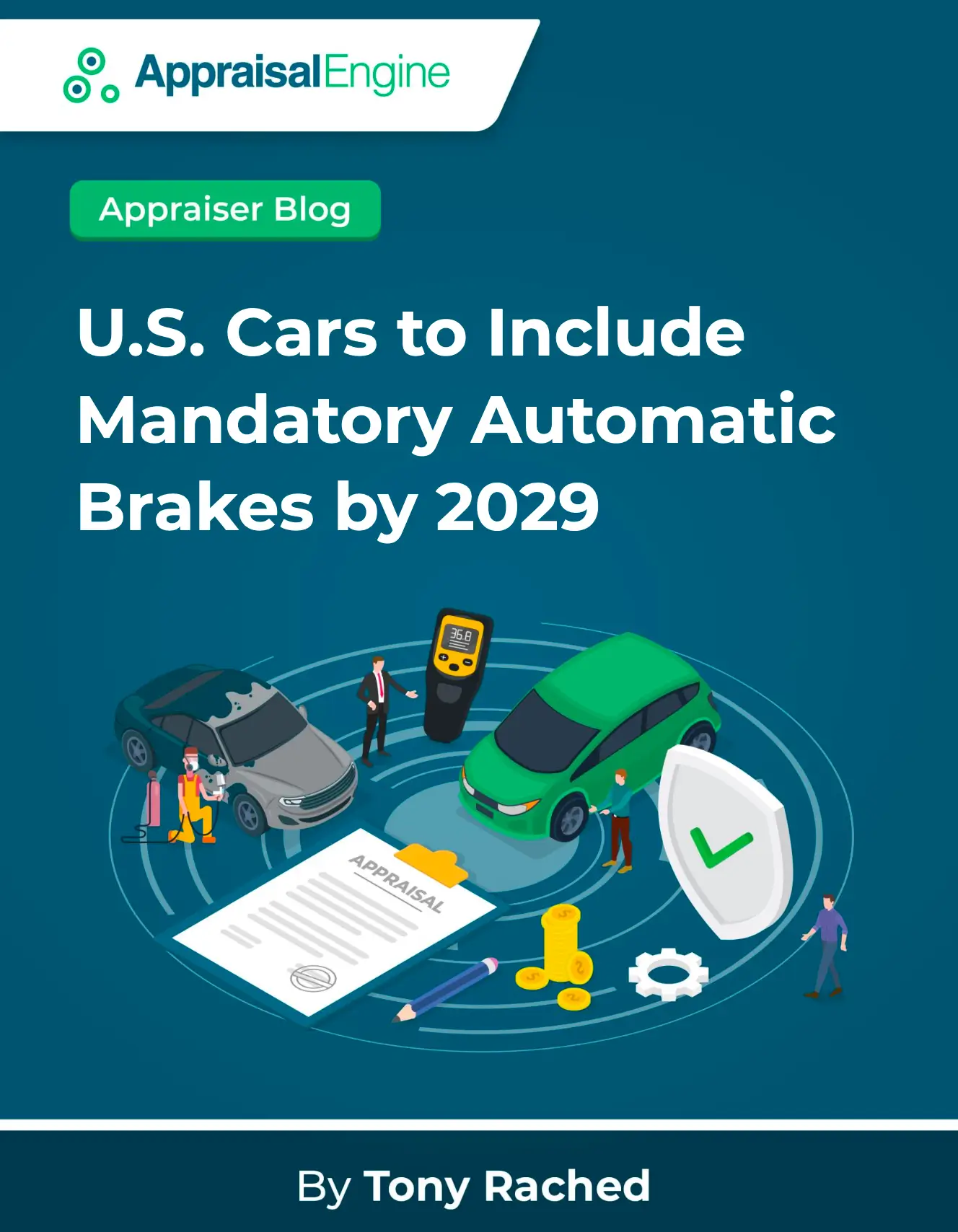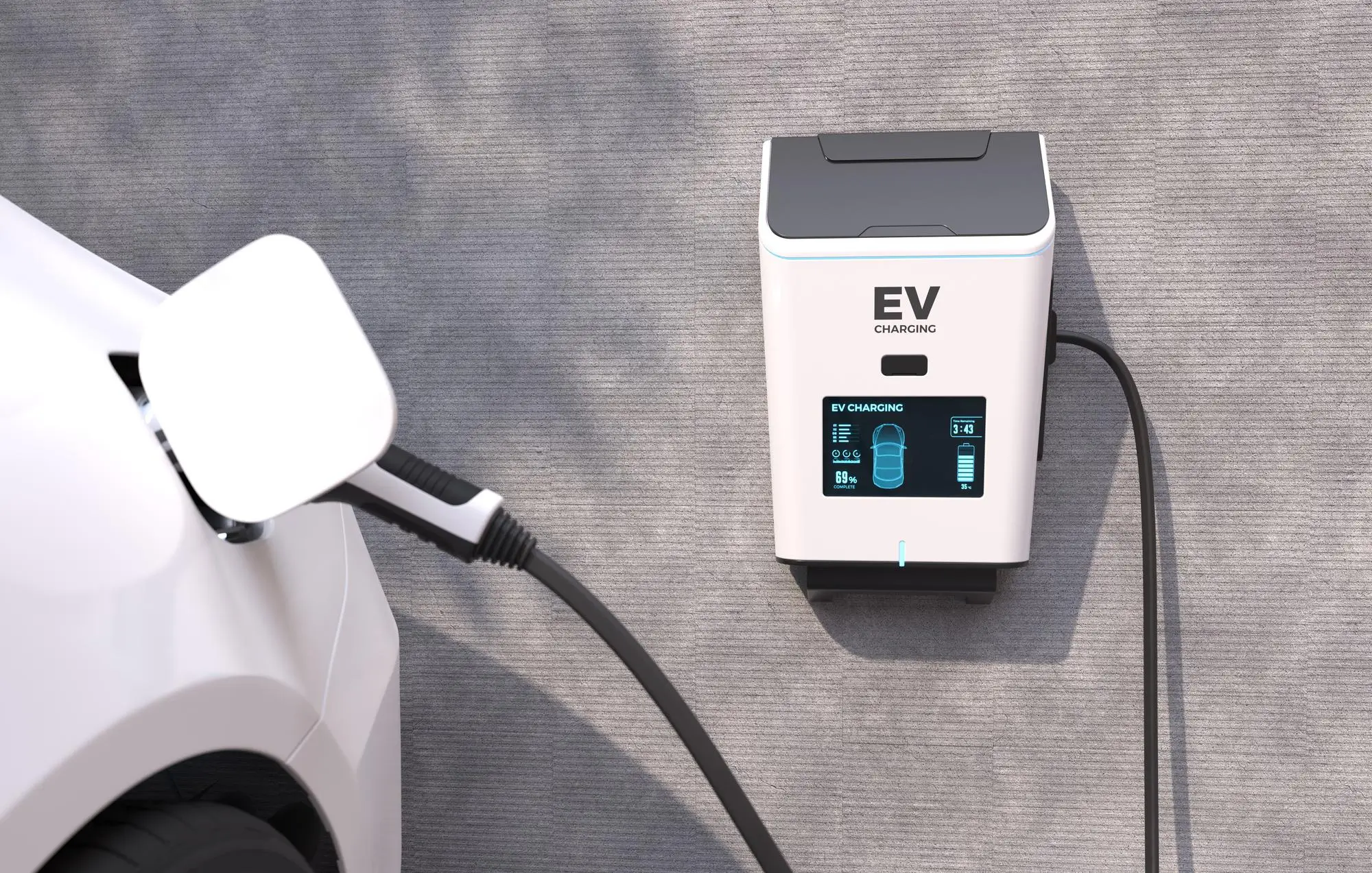In the realm of automotive innovation, Tesla’s Autopilot system has been a subject of both admiration and controversy. With its advanced driver-assistance capabilities, it represents a significant step towards fully autonomous vehicles. However, its safety and reliance on human supervision have been hotly debated, especially in the wake of accidents involving the system. The upcoming trial in San Jose, concerning a fatal crash in March 2018, is poised to challenge Tesla’s longstanding defense that drivers are at fault when accidents occur under Autopilot. This article delves into the intricacies of this case, unveiling details and insights that have been largely unexplored, promising a read that not only informs but also engages.

Can You Trust Tesla’s Autopilot? Insights and Concerns (PDF)
The Heart of the Matter
Background
The case that’s catching everyone’s attention involves a tragic incident where a Tesla vehicle, under Autopilot, collided into a highway barrier, resulting in the death of Walter Huang, an Apple engineer. This isn’t the first time Tesla has faced legal scrutiny over its Autopilot system, but it could be the most challenging one yet. Central to the controversy is an email from Tesla’s then-president Jon McNeill, highlighting a comfort with the Autopilot system that led to distractions—a critical piece of evidence that could sway the trial.
Understanding Autopilot
Before diving deeper, let’s clarify what Tesla’s Autopilot is and isn’t. Autopilot is an advanced driver-assistance system capable of steering, accelerating, and braking on its own, particularly on highways. Despite its name, Tesla insists that the system is not autonomous and requires a “fully attentive driver,” ready to take over at any moment. However, this upcoming trial questions whether Tesla’s expectations of driver behavior were realistic or a recipe for disaster.
The Legal Battlefield
Key Evidence and Testimonies
- Jon McNeill’s Email: Revealing an overreliance and potential distraction when using Autopilot.
- Driver Behavior Analysis: Statements from Tesla officials and Elon Musk himself acknowledging the challenge of maintaining driver attentiveness.
- Delay in Safety Features: Testimonies reveal that Tesla did not implement driver-monitoring cameras until three years after recognizing their necessity.
Stats and Insights:
- NHTSA Investigations: Over 956 crashes suspected to involve Autopilot, with 23 fatalities.
- Tesla’s Response: Despite facing scrutiny and a federal criminal probe, Tesla maintains that its system, supplemented by driver vigilance, is safe.
Technological and Legal Implications
This trial shines a spotlight on the intersection of technology, human behavior, and legal responsibility. Tesla’s argument hinges on the premise that drivers are sufficiently warned to stay engaged. However, the plaintiffs argue that Tesla’s design and marketing of Autopilot encourage a false sense of security, leading to tragic outcomes.
Towards a Safer Future
Concluding Thoughts
The outcome of this trial could set a significant precedent for the future of autonomous vehicle technology and its regulation. It raises critical questions about the balance between advancing automotive technology and ensuring public safety. As Tesla and other companies continue to push the boundaries of autonomous driving, this trial reminds us of the importance of designing systems that account for human behavior and limitations.
Looking Ahead
As we await the trial’s verdict, it’s clear that the conversation around autonomous vehicles is far from over. Whether Tesla will need to rethink its approach to Autopilot, or if this trial will reinforce the status quo, one thing is certain: the path to fully autonomous vehicles is both exciting and fraught with challenges.
In the quest for innovation, let’s not lose sight of safety. After all, the future of transportation should not only be smart but also secure for everyone on the road.
Fast Facts and Figures
- Tesla’s Autopilot Engagements: Over 956 crashes reported to involve Autopilot, with investigations into 23 fatalities.
- Legal Precedents: Tesla faces more than a dozen lawsuits involving Autopilot, with eight involving fatalities.
- Safety Measures Delay: Tesla introduced driver-monitoring cameras in 2021, years after acknowledging their potential benefit.
This trial, and the broader conversation it is part of, represents a pivotal moment in the journey towards fully autonomous vehicles. As technology races forward, it’s imperative that safety remains at the forefront of innovation.




